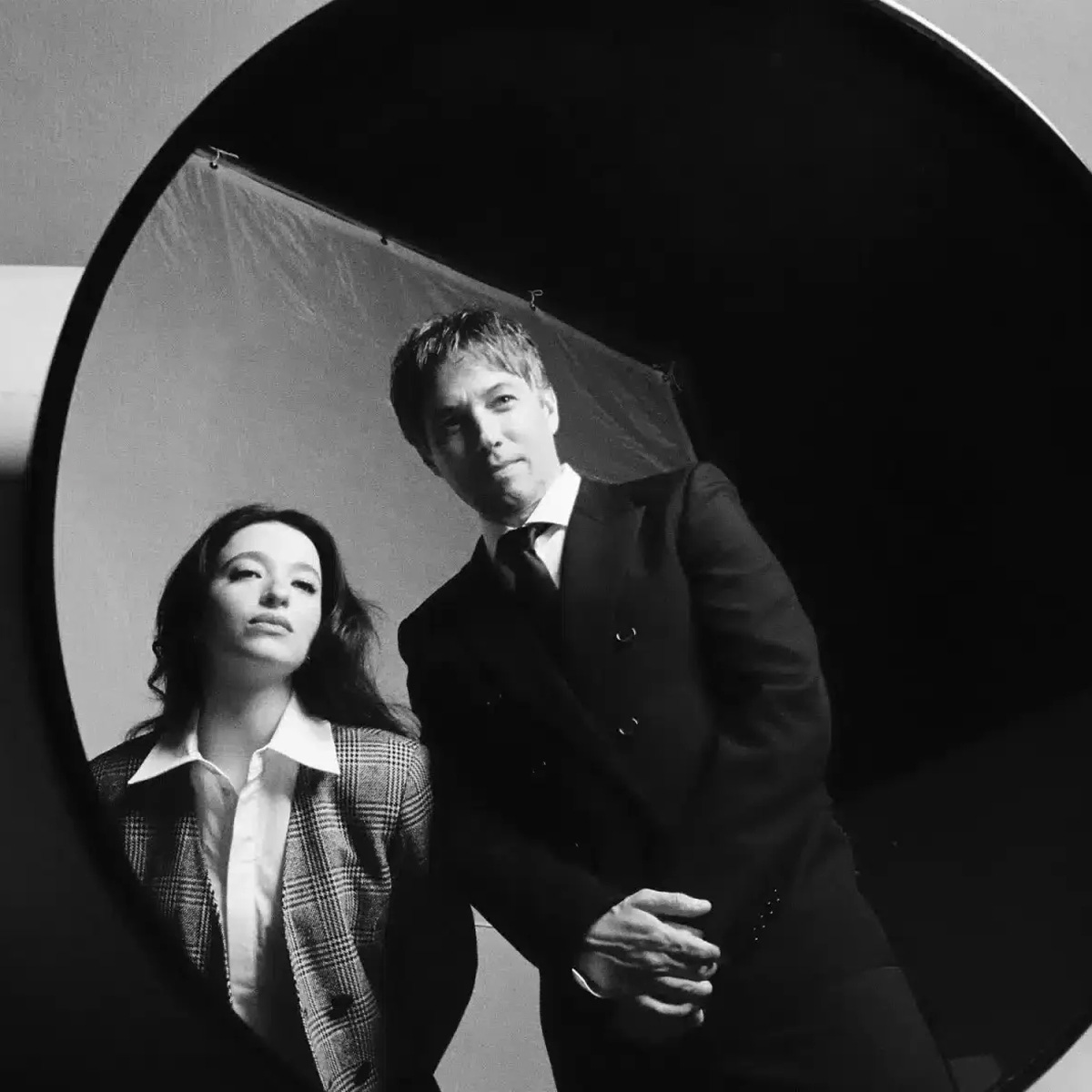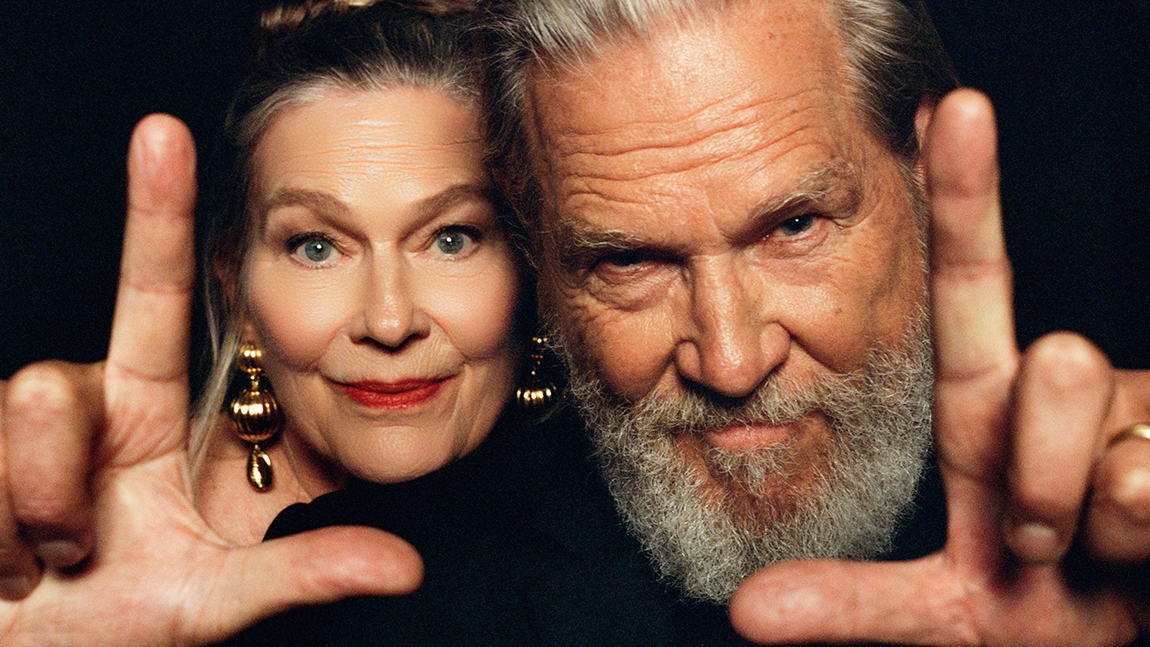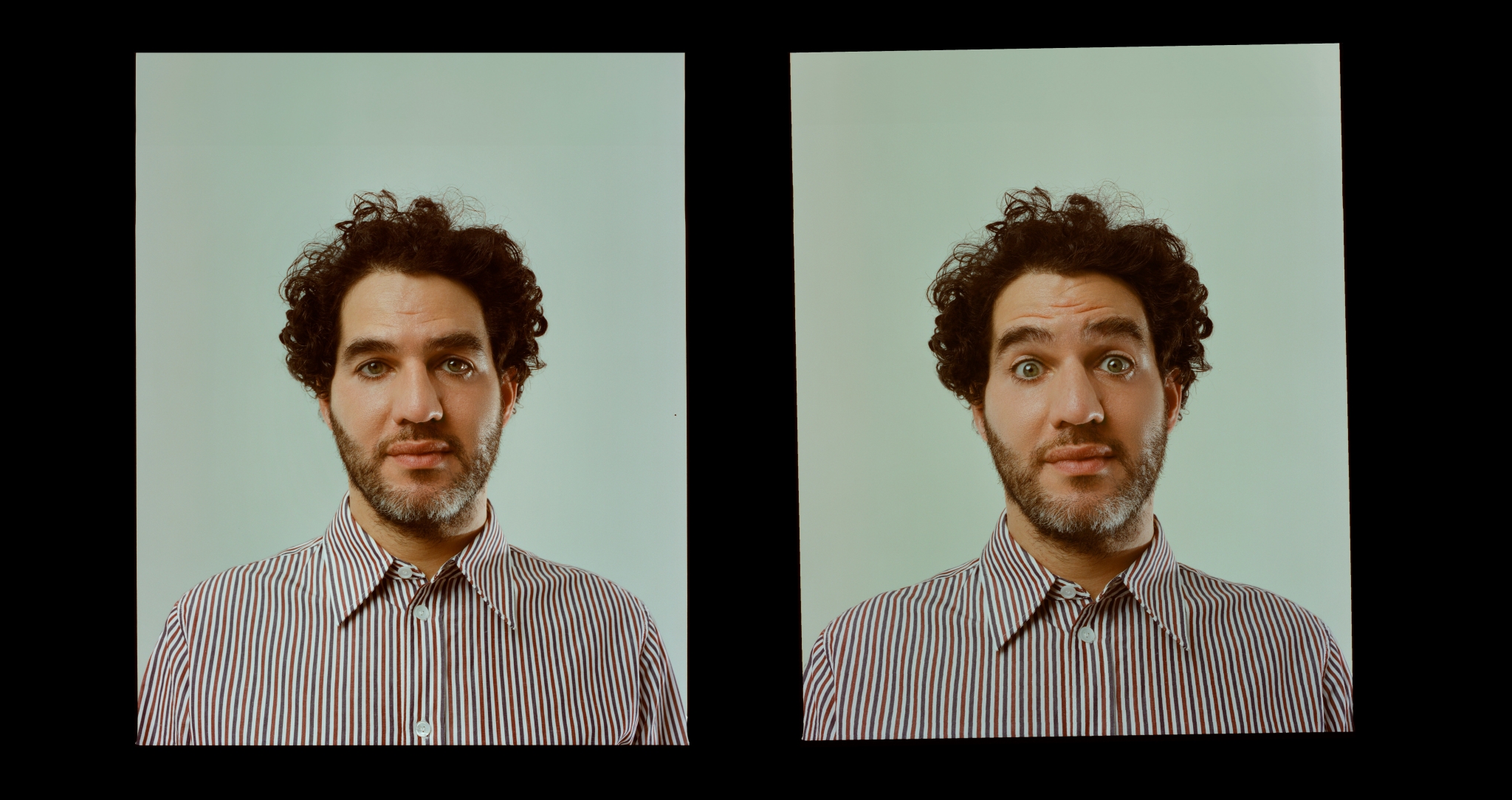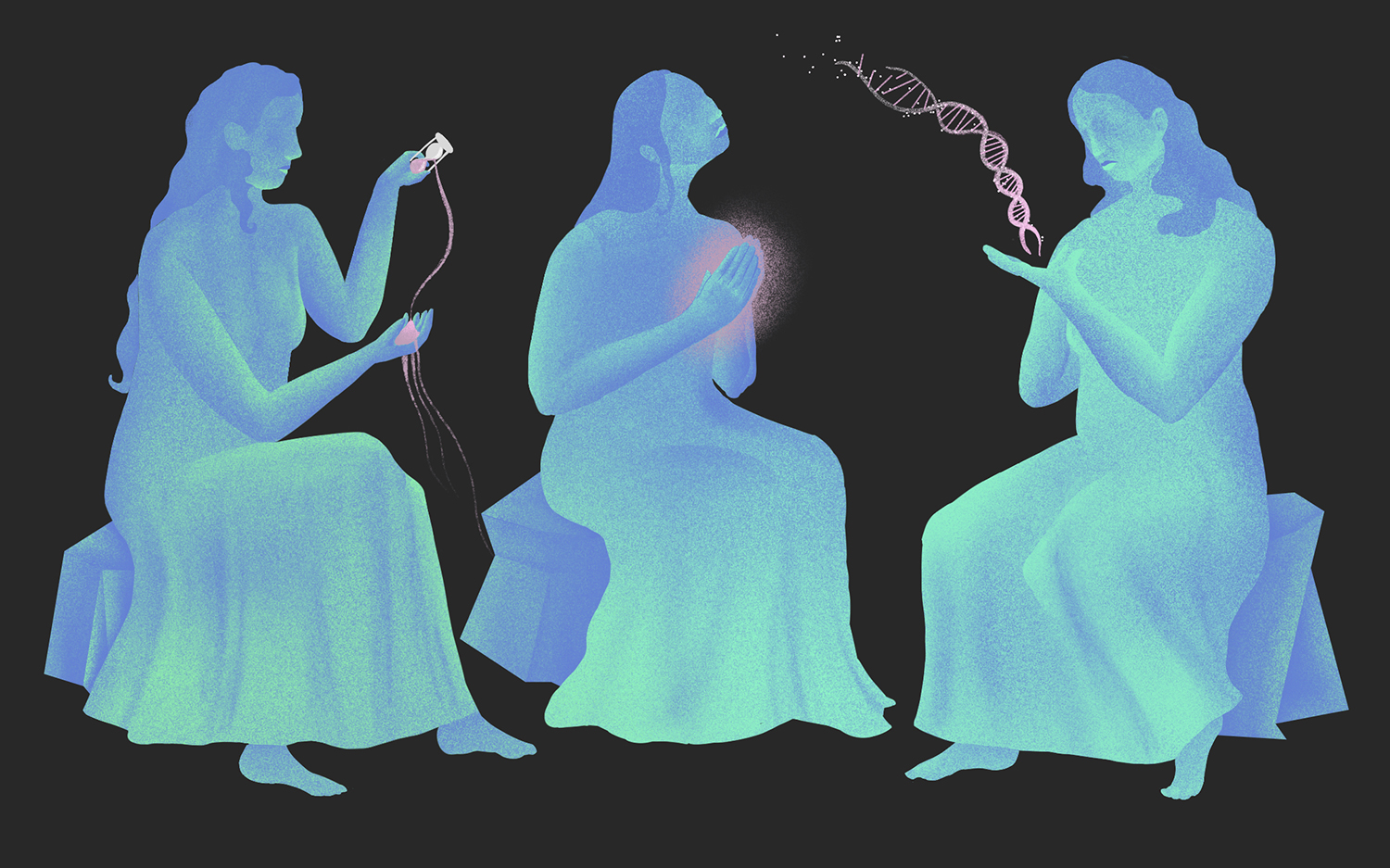
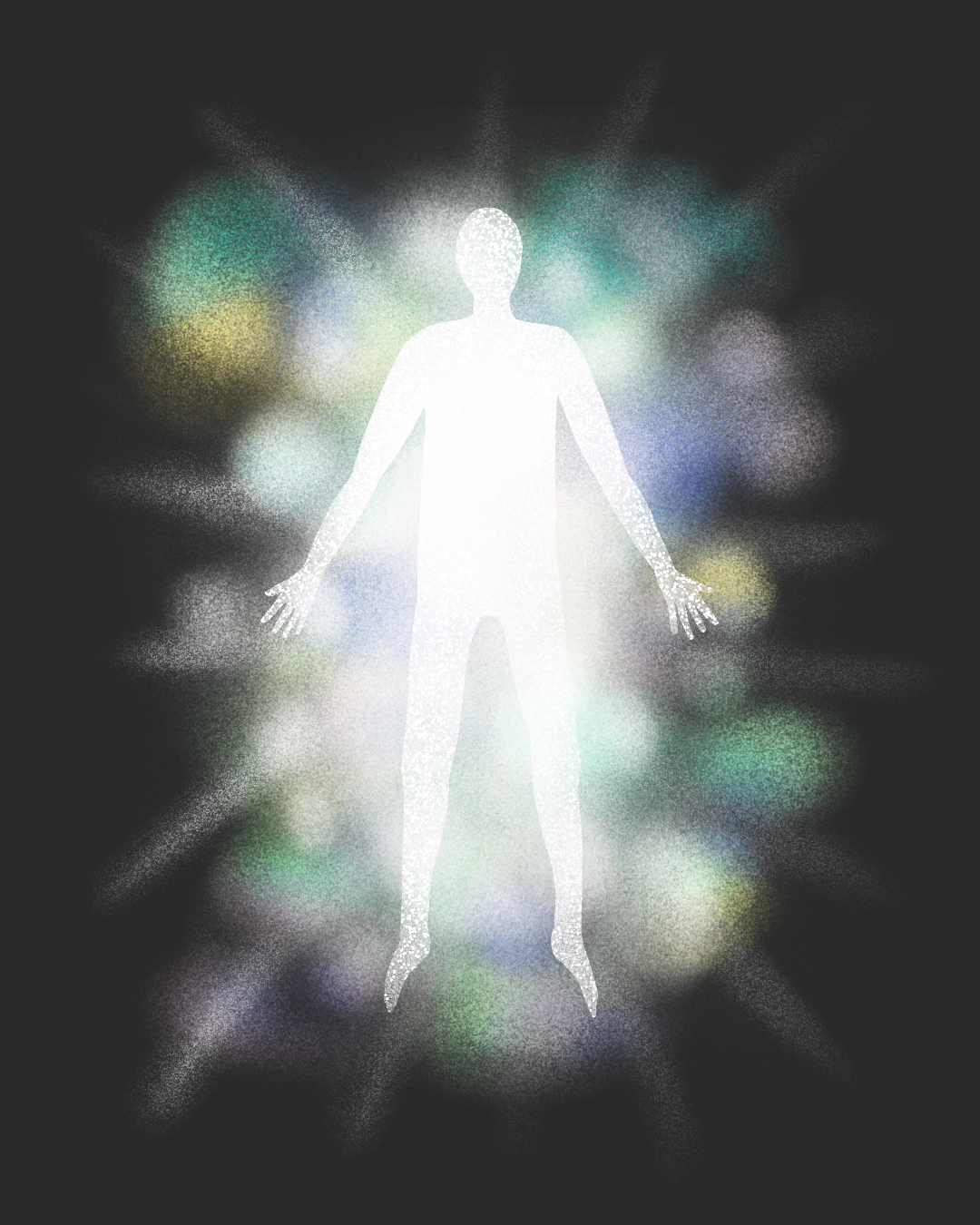
As old systems unravel, Hayk Sarkissian asks us to reimagine home—not as a place we inherit, but as a pattern we create.
There’s a question I’ve been returning to, again and again, like a stone I keep finding in my coat pocket: what does home mean in the 21st century?
For much of our history, humans assumed they were the centre of everything—but the discovery of new scientific paradigms steadily eroded that view. Copernicus proved we are not the centre of the universe, and Darwin showed we are not separate from nature. Each revelation was a ‘death’ of an old belief. Each has also been a rebirth in disguise, a shedding of an old skin so that humanity can grow into a new reality. Soon, artificial intelligence, powered by quantum computing will unravel the secrets of our reality, our universe and our consciousness, leaving us unprepared for such answers. At this moment we will face a third death: the loss of human agency, and with it, the loss of home as a manifestation of nativism, history and a physical anchor.
Once, home meant something fixed—a place, a time, a language spoken at the dinner table. It meant safety, familiarity, roots. But the world is changing at a bewildering pace: virtual lives overtake our real identities; the truth no longer holds value; and machines think alongside us. That old idea of home begins to feel out of touch.
If our traditional sense of home has always been tied to a subjective identity—to a nation, a religion, a culture—then perhaps we must now untie that knot. Perhaps home is not where we are from, but where we choose to go next. Where we choose to unshackle ourselves from our biases and blind spots and lift the veils of prejudice we carry unknowingly between generations. Veils that distort not just how we see others, but also how we see ourselves and, in turn, our home.
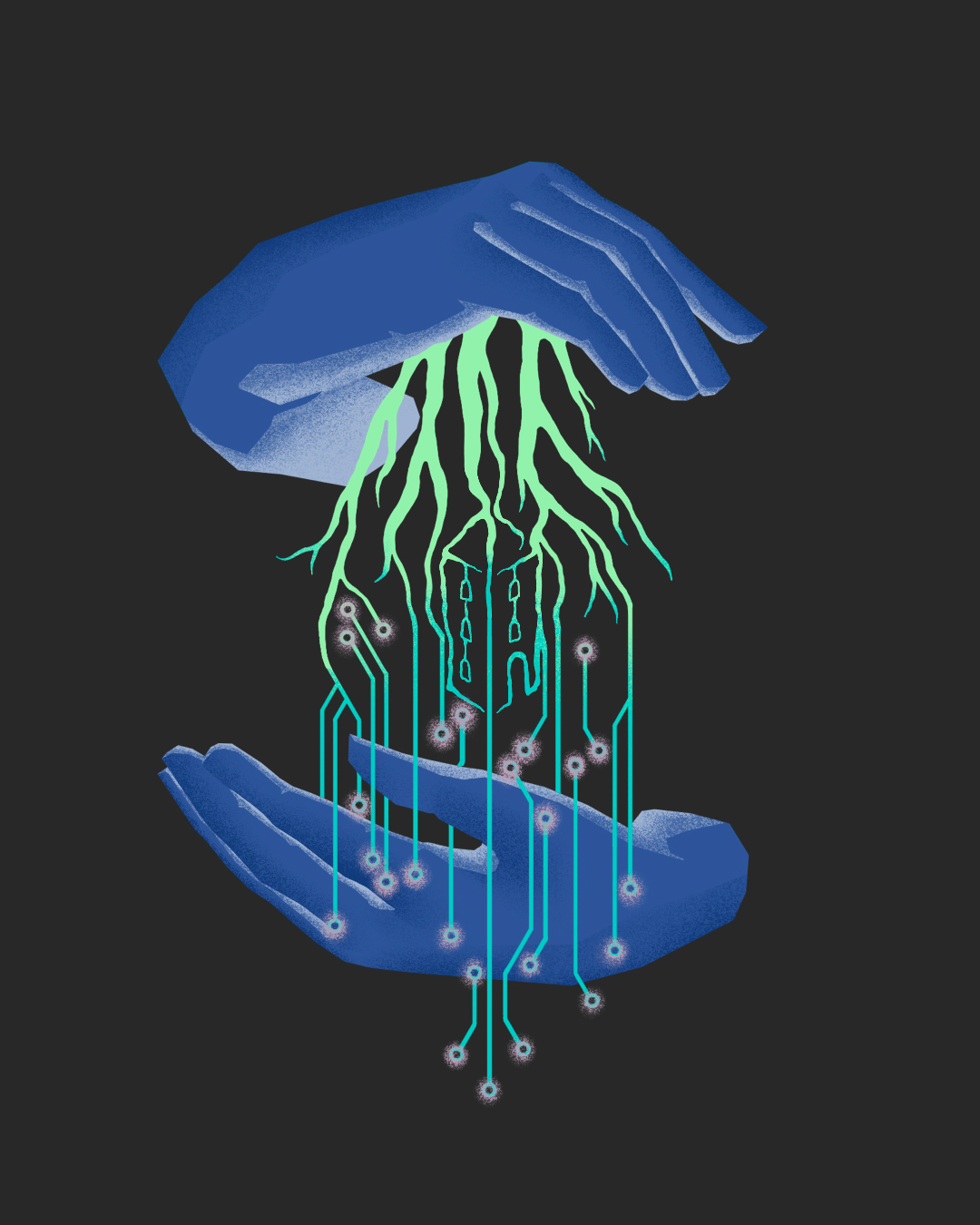
There are three primary veils that shroud humanity’s perception of reality: time, evolution, and tradition.
The first veil, the veil of time, distorts our perception by locking us into linear narratives. We interpret the world through sequences of past, present, and future, rather than seeing it as a dynamic flow of connectivity. By clinging to chronological progress as the only measure of meaning or value (be they four-year political terms or momentary share prices), we blind ourselves to deeper truths. While this linearity helps to organise our lives, it also limits our capacity to experience non-linear phenomena such as equilibrium and flow, which are inherently timeless states of harmony and creativity.
The second is the veil of evolution. Our perceptions are filtered through senses and instincts that helped our ancestors navigate danger. Now they keep us trapped in cycles of fear and competition, and with a constant need for instant gratification. This veil is particularly pernicious because it presents itself as ‘natural’ when, in fact, it often distorts higher level thinking involving empathy, curiosity, and cooperation.
The third is the veil of tradition: our inherited cultural, religious, and institutional norms that frame our identities and segregate us from each other. While tradition can anchor meaning, it can also crystallise it. When we follow rules or narratives simply because they are familiar to us, we risk perpetuating those inherited prejudices. This veil restricts our moral and intellectual freedom by rewarding conformity over critical thinking. Lifting this veil doesn’t require us to abandon tradition entirely, but to see through tradition and to recognise which parts merely serve prejudice and inertia.
These veils of time, evolution, and tradition have shaped our institutions, our laws, our identities, our definition of home, even our sense of what we call reality. Artificial intelligences will not be restricted by these veils as we have been, and this is why we are not prepared for the answers they will provide.
So, what if we could lift them, one by one? What if, instead of rooting ourselves in the same old soil and repeating the cycles of inherited generational prejudices, instincts, and scorecards, we prepared for the death of human agency, and grounded ourselves in a new definition of home? A home based on universal and objective truths that redefine what progress and growth mean from a framework of equilibrium and flow, freeing us from ourselves. Now is the time, and it all starts from a single point—a morphogen.

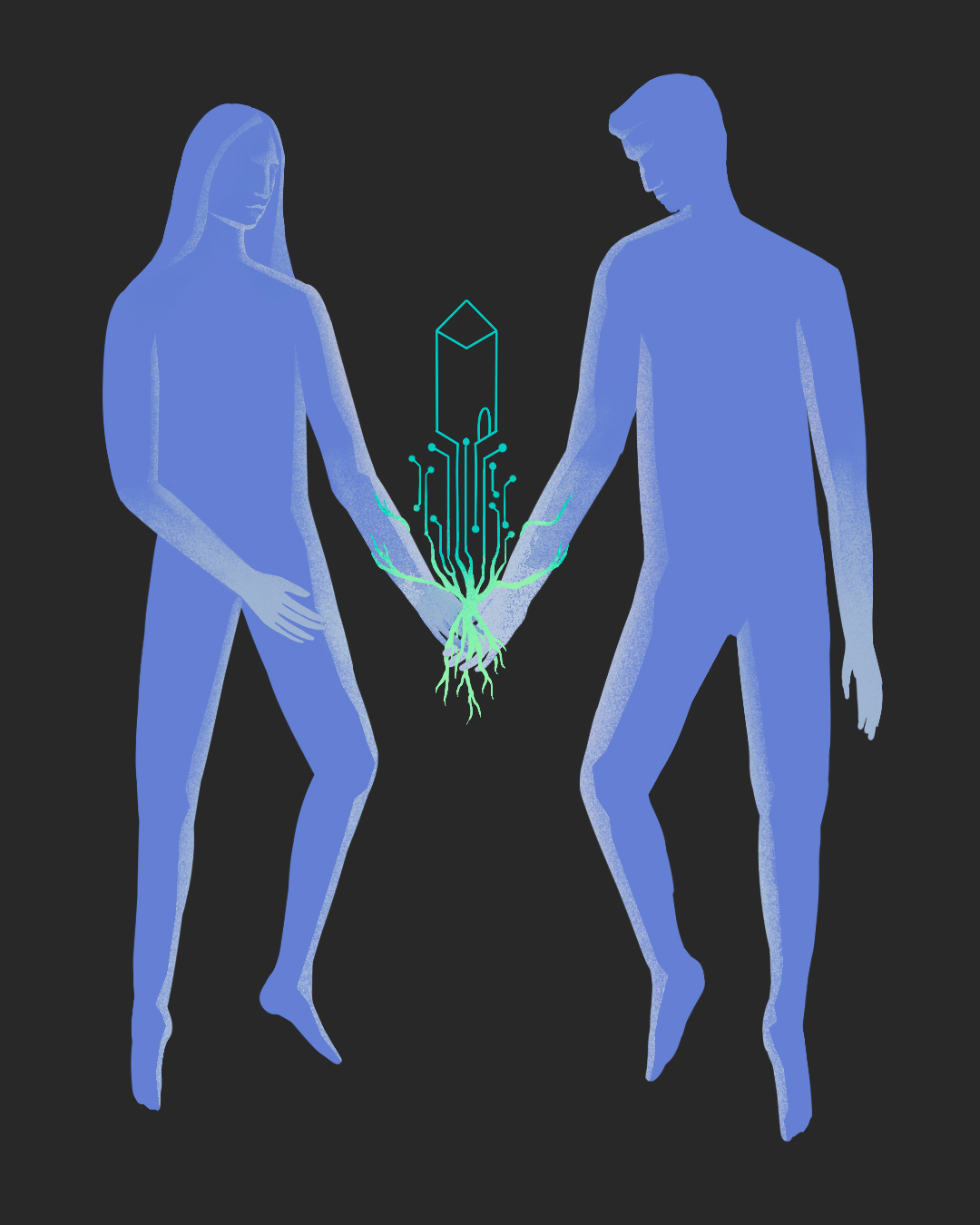
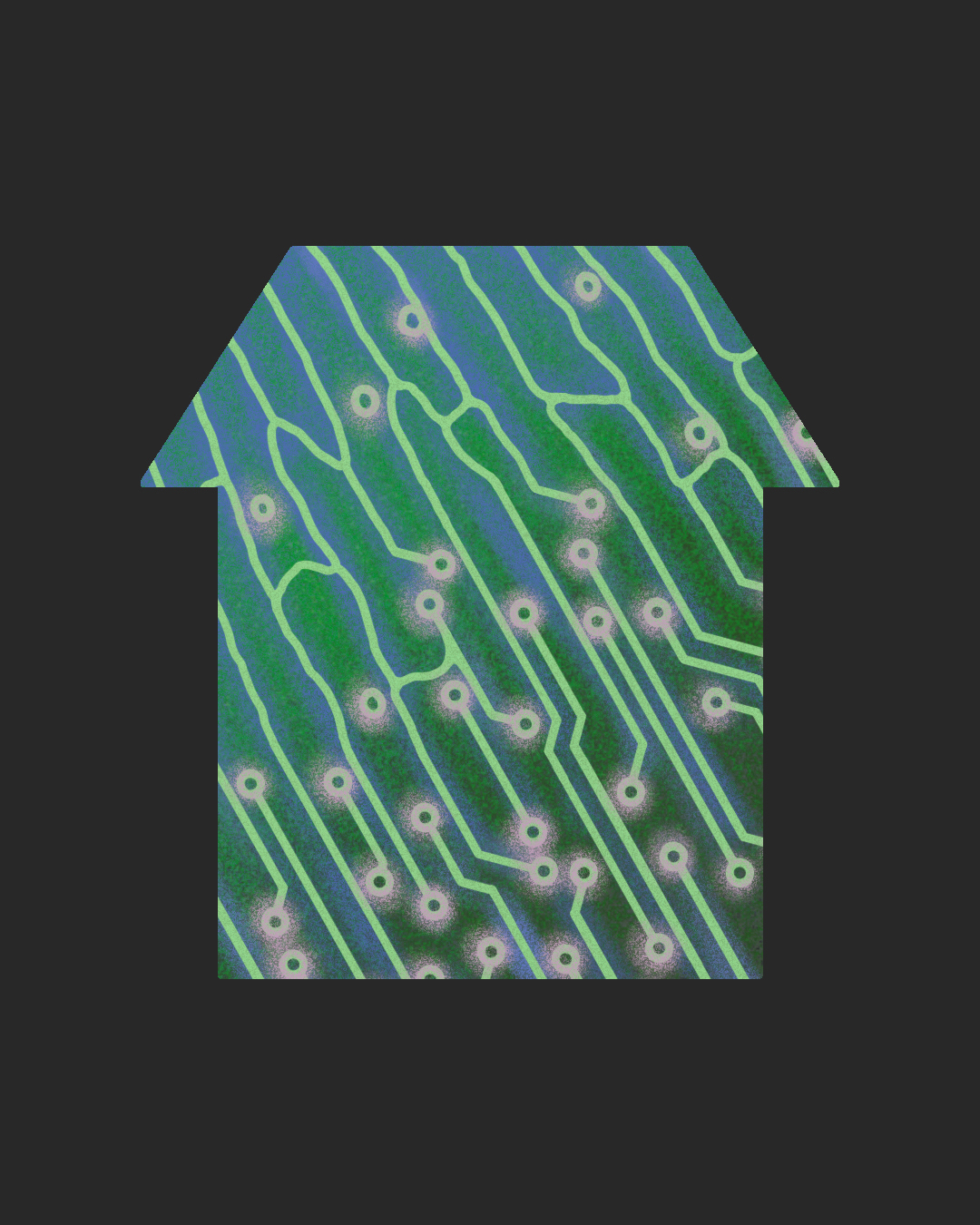
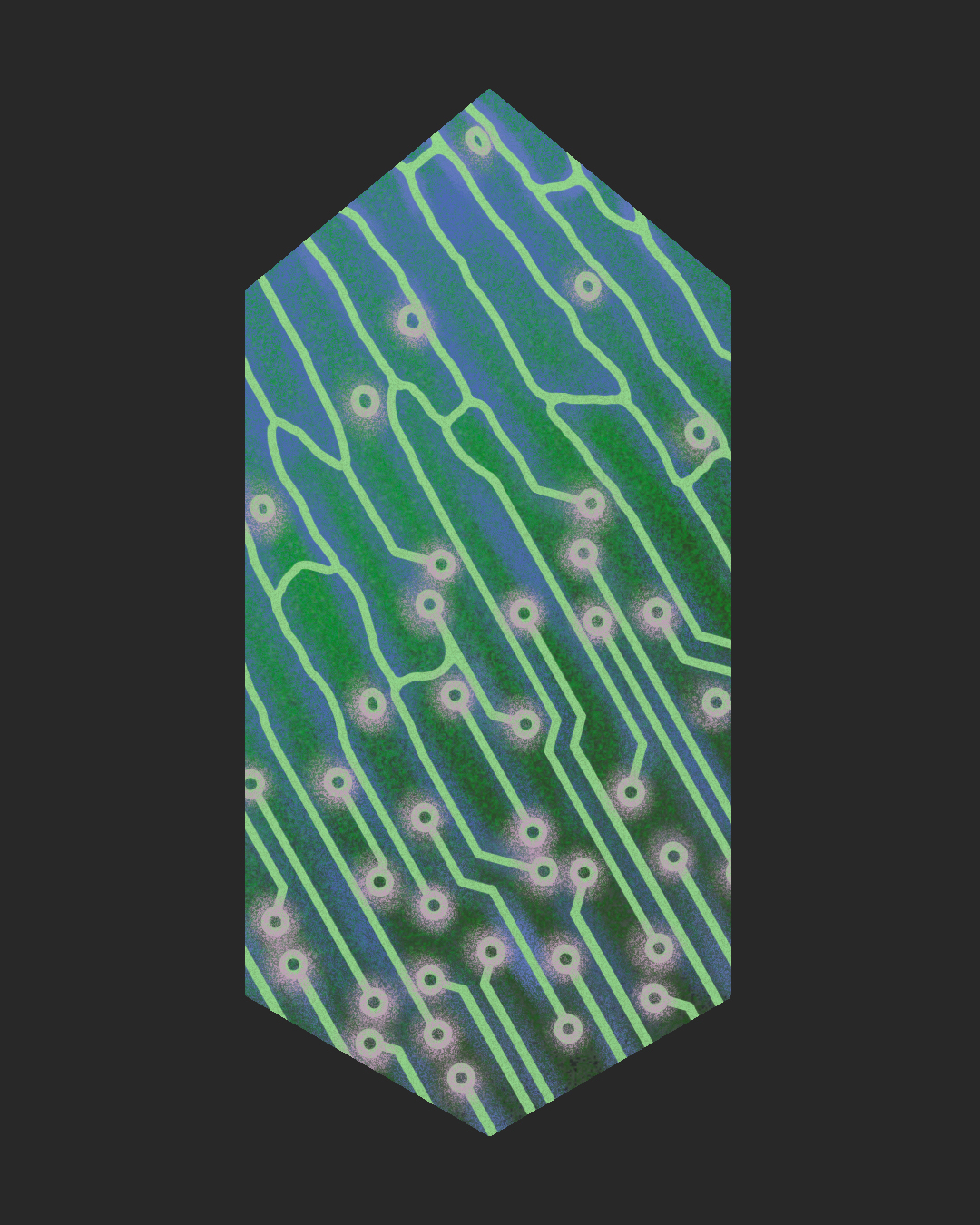

The blueprint is already in front of us, applied by nature itself everywhere and discovered by one of the greatest scientists of the 20th century. After playing a pivotal role in defeating the Nazis during World War II by decoding their encrypted messages, Alan Turing (who now appears on the £50 note) was curious about how intelligent life or thought takes shape. The Chemical Basis of Morphogenesis (1952) remains not as well-known as his other profound achievements, but it was ground-breaking in that it explained how complex biological processes can come about through a series of simple actions. Turing proposed that life has the ability to shape and organise itself (i.e., to emerge) by forming structured patterns spontaneously. Under the right conditions, simple biological systems can develop intricate structures without requiring an external guiding force. He referred to the chemical signals responsible for these patterns as morphogens.
Morphogenesis can bring about the shapes of beautiful snowflakes and broccolis. It explains why zebras have stripes, leopards have spots, and how a sperm and an egg turn into a foetus. As morphogens shape biological structures through local interactions and self-organisation, the same principles are today being applied to artificial machine learning systems, which adapt through local, decentralised processes that build intelligence from the ground up. Both our past and our future rely on Turing’s discovery. But most importantly, morphogenesis is a very human endeavour. It can start with a simple interaction between two people: two morphogens.
By setting new conditions for morphogenesis to take place we allow for new and more beautiful patterns to emerge. In this light, home becomes less about preservation and more about emergence. This is the essence of morphogenesis – the process by which form arises not through top-down force or design, but through constant interaction, equilibrium and connection.
Just as cells in an embryo ‘decide’ their role through communication with one another, perhaps our future communities, our next homes, will emerge not from ideology, or history or government policy but from the morphogenesis of how we, as individuals, think, learn and interact. Home becomes less like architecture and more like choreography. Not a place, or a time, but a pattern and an intention.
So where is my home in all this?
For me, it’s within. It appears whenever I adopt a flow mindset. It’s in the moments when I forget the time, the metrics, the masks – and simply attend to what emerges. Home is found in relationships ungoverned by subjective identities, in work that feels like play, in encounters that suspend judgement, in creativity that makes new connections, in states of equilibrium from which emergence takes place. It is not a return to where I came from, but curiosity and openness towards what I do not yet understand.
At the foundation of the Intelligence Age, home must be something we make together – not as citizens of nations, but as stewards of human consciousness. We may see the stone in our pocket not as a relic from the past, but the first brick laid down as a morphogen for our future home. We may not yet know exactly what that home looks like, but we’ll know it when we look up from our devices, from our old identities, from our past, and recognise each other – not as strangers from different places, but as fellow travellers, arriving.
And when we arrive, it will not be to close the door behind us. It will be to keep it open. Because if we are to construct a new idea of home – one grounded in equilibrium, shaped by emergence, and alive to the flow of change – it must be generous enough to hold others too.
As Ralph Waldo Emerson wrote: Be an opener of doors for such as come after thee.
Hayk Sarkissian published The Emergence of Awe (2025), this year a book that explores how we can transform our lives around more universal principles of connectivity, equilibrium, and flow. It blends narrative, science, philosophy, and history to help reshape our values around objective and universal principles, unprejudiced by human biases. Sarkissian has previously contributed the speculative story “Inattentional Blindness” to A Rabbit’s Foot. The book is available in select independent bookstores in London, including Daunt Books and Foyles, as well as online globally.

